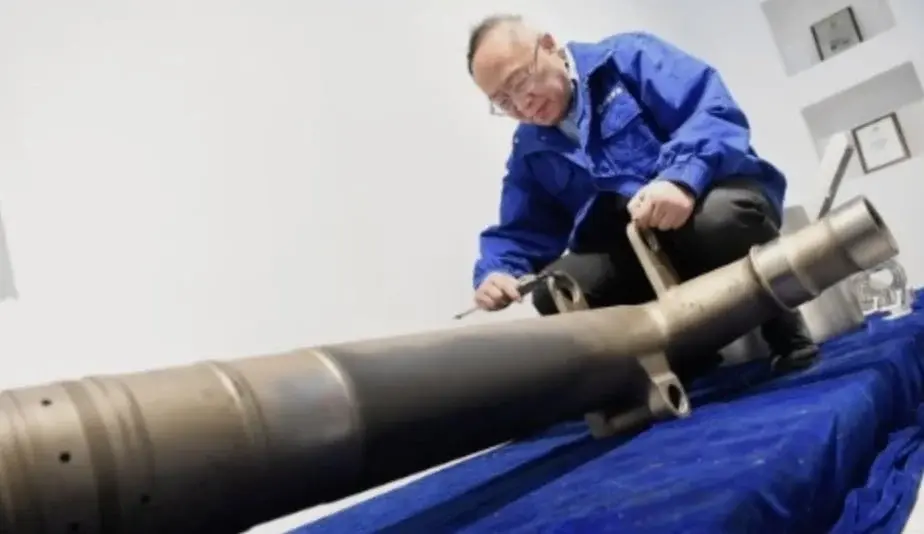When 3D printers initially gained popularity, the idea of using them to create aircraft components seemed far-fetched. Surprisingly, Wuhan, China, has achieved this by producing the world's first 3D-printed "piston rod axle" for landing gear.
Innovation in 3D Printing
The 3D printing machine used in this groundbreaking project combines casting, forging, and milling processes. The resulting T-shaped component mirrors its traditionally manufactured metal counterpart, measuring 1.5 meters in length and weighing 240 kg.
Overcoming Manufacturing Challenges
Professor Zhang Haiou's team at Huazhong University successfully tackled a significant obstacle in 3D printing: producing parts that are susceptible to cracks. Their breakthrough in 2019 involved the development of a new printing machine that integrates various production methods, thereby enhancing the durability and quality of the final product.
Advantages of 3D Printing
The benefits of this innovation extend beyond the mere creation of a new component. Professor Haiou highlights a remarkable 90% reduction in material usage compared to conventional manufacturing techniques. This reduction not only leads to substantial cost savings but also offers environmental benefits. Furthermore, extensive testing has demonstrated that the 3D-printed parts exhibit superior strength compared to conventionally manufactured components.
This accomplishment represents a significant milestone in the aerospace industry. While only a handful of countries currently have the capability to produce large aircraft landing gear, Wuhan Tianyu Intelligent Manufacturing has emerged as a trailblazer by being the first to 3D-print such a critical component.
Wuhan Tianyu has established itself as a frontrunner in the field of 3D printing, with a track record of successful collaborations with industry titans. This innovative approach has the potential to transform aircraft manufacturing in the long term, offering a more cost-effective and eco-friendly alternative. Although the idea of flying in a 3D-printed aircraft may seem daunting now, history reminds us that initial skepticism often gives way to acceptance. Perhaps one day, 3D-printed aircraft will be deemed safe for commercial flights.


Leave a Reply